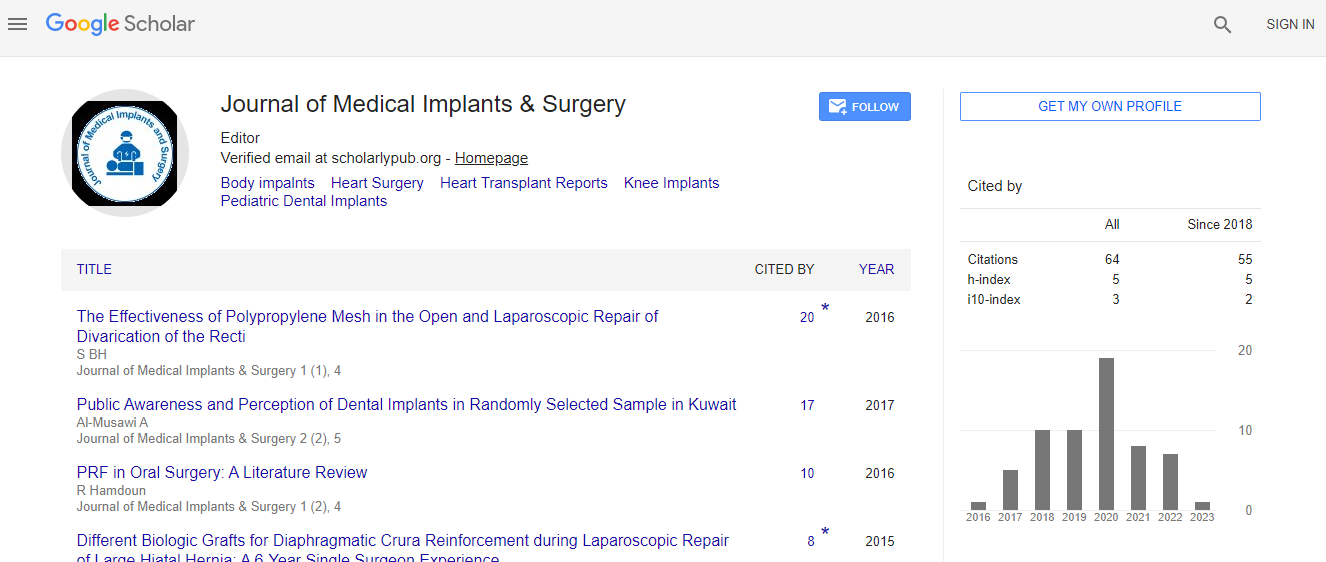An Evaluation of Morphine Use in Obstetrics during a National Shortage of Diamorphine: A Re-Audit Highlighting Changes in Practice over Time
Abstract
Introduction: Since the national shortage of diamorphine
began in late 2018, preservative-free morphine has
been used as an alternative adjunct to local anaesthetics
in intrathecal blockade in obstetrics. An initial departmental
audit following this enforced change to morphine
established a statistically significant increased risk of
PONV and reduced patient satisfaction compared with
previous diamorphine use. A statistically significant link
between intrathecal morphine and reduced post-operative
or morph use was also found. These finding correlate
with the different pharmacodynamic profiles of the two
drugs. The aim of our re-audit was to evaluate the way in
which morphine use changed over time, following our
initial audit feedback and with increased familiarity, within
our department.
Methods: All obstetric anaesthetic interventions at the
Lister Hospital are routinely recorded electronically on
the Xentec Epidural Audit System. Data is collected on
completion of the procedure and during a post-procedure
follow-up 1-3 days later. Data points collected immediately
post-procedure include choice of intrathecal opiod and
adequacy of block intra-operatively. On follow-up data
collected includes overall patient satisfaction, side-effects
experienced (including severe PONV and pruritus) and
post-operative oramorph requirement. Parturient undergoing
intrathecal blockade with morphine (n=104)
between 13/07/18 and 20/09/18 had been previously
audited. This data set represented the initial use of intrathecal
morphine as an alternative to diamorphine:
Morphine
Results: Statistical analysis was carried out using Chi-
Squared tests and results deemed significant if p < 0.05.
There was a statistically significant increase in overall patient
satisfaction and regional adequacy in the Morphine
2 group versus Morphine 1, with p values of 0.0006 and
0.0051 respectively. However, no statistically significant
change was seen in incidence of severe PONV and pruritis
or in post-operative or morph requirements between
the two groups.
Conclusions: The results above show an overall improvement
in patient satisfaction and intra-operative adequacy
of intrathecal blockade with morphine use over time. This
most likely represents an increased familiarity with intrathecal
morphine use as well as changes in practice following
presentation of the initial audit results. Practitioners
have reported modifications in terms of morphine dosing
and/or addition of a second intrathecal adjust, fentanyl.

 Spanish
Spanish  Chinese
Chinese  Russian
Russian  German
German  French
French  Japanese
Japanese  Portuguese
Portuguese  Hindi
Hindi 